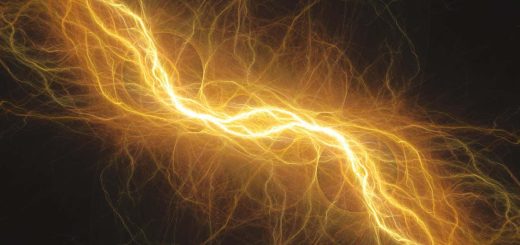Time appears to run five times slower in the early universe
A phenomenon called cosmological time dilation means that events taking place in the early universe seem to evolve slower than those today
By Chen Ly
3 July 2023
Artist’s impression of a galaxy with a quasar at its centre
Blueee77/Shutterstock
Time seems to have ticked more slowly when the universe was young, according to observations of ancient astronomical objects that appear to evolve at a fifth of the rate we see today.
The idea that time appears to be slower in the past sounds odd, but it is a direct consequence of the expansion of the universe since the big bang. This expansion means that light from ancient cosmic events must travel increasingly longer distances to reach Earth, and therefore takes more time to arrive. As a result, cosmic events that are extremely distant or far back in time appear to unfold more slowly compared to the same event happening nearby, right now. That isn’t to say the early universe was in slow motion, however – anyone present billions of years ago would have seen time evolving normally.
Since the 1990s, astrophysicists have observed this celestial time warp in distant supernovae – powerful stellar explosions – with the oldest one going back to around half the age of the universe and appearing to evolve at 60 per cent of the speed we see today. Now Geraint Lewis at the University of Sydney, Australia, and Brendon Brewer at the University of Auckland, New Zealand, have detected a more extreme version earlier in the universe.
Advertisement
The pair looked at quasars, which are objects at the centre of some galaxies comprised of a supermassive black hole surrounded by a disc of hot plasma that spit out high energy particles. They are among the oldest objects in the universe, with the earliest we have seen emerging just 600 million years after the big bang.
This age in theory makes quasars suitable for probing time dilation in the early universe, but their unpredictable nature makes that difficult, unlike with supernovae.
“Imagine you’ve got a firework, it’s bright but it fades away over a few seconds, that’s like a supernova,” Lewis says. “Now imagine you’re looking at a firework display, the brightness varies and there can be lots of stuff going on.” By watching lots of firework displays, however, a pattern emerges of how they might behave, he says.


